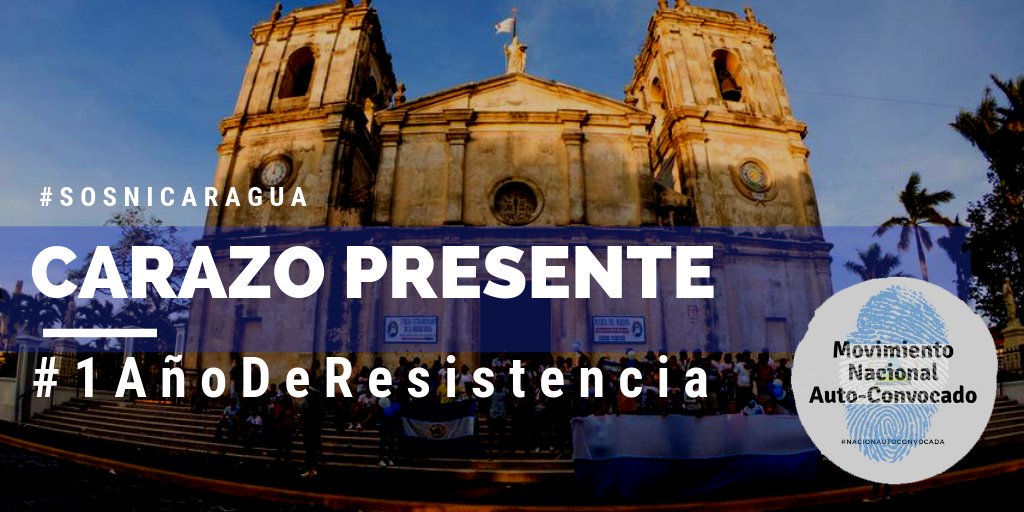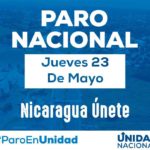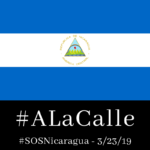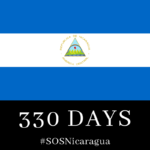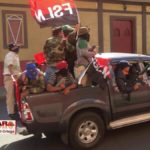On the afternoon of Sunday, July 9, Lieutenant Roberto Brenes and Lieutenant Colonel Ricardo Lau, two officers in Somoza’s Guardia Nacional, ordered their troops to open fire upon student protesters marching in Jinotepe, Carazo. The Guardias shot four people dead. The youngest, Fanor Chévez, was fourteen. The oldest, Hugo López, was twenty-five. The year was 1978. The event became known as the Massacre of July 9th.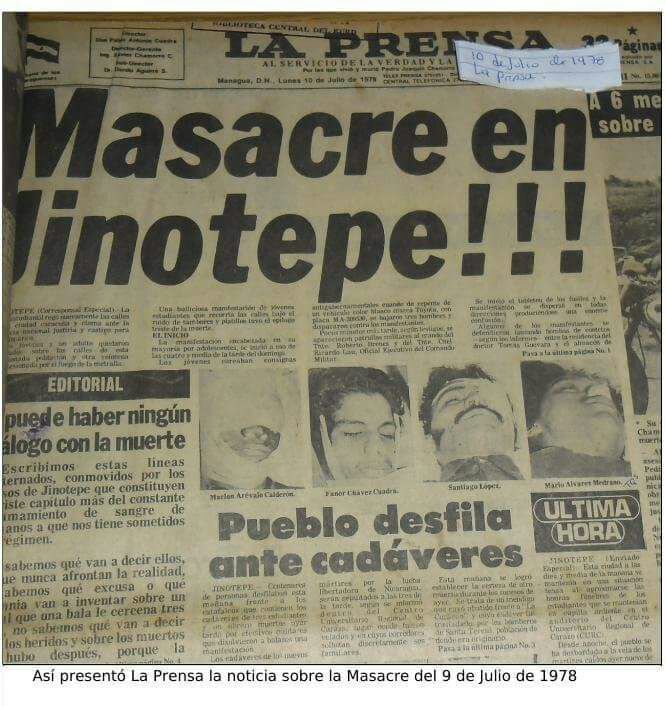
Forty years later, almost to the day, Daniel Ortega’s Operation Clean-up blazed through Diriamba, Dolores, and Jinotepe on July 8th. Heavily armed police and paramilitaries descended upon the three towns.
Así entraron hace un año las caravanas de la muerte de la dictadura #OrtegaMurillo a masacrar a nuestros hermanos de Carazo , si esto no te impulsa a seguir en la lucha y fomentar la unidad , nada lo hará
¡Firmes y dignos ! Por ellos , por nosotros y por nuestra patria pic.twitter.com/cbxQVHXgYb
— Puchito Vandálica 🇳🇮 (@Atolillo23) July 8, 2019
The attackers were armed with weapons of war, including RPG7 anti-tank grenade launchers, PKM machine guns, Dragunov rifles, shot guns, and other weapons. According to Roberto Samcam, a retired military officer, only the army has access to weapons like the RPG7. Mr. Samcam told Confidencial that “not even the police special forces have RPG7s.”
Las fuerzas represivas en Jinotepe. Uno de ellos porta un RPG 7. (Cortesía). pic.twitter.com/UOqSubR1Cc
— Elizabeth Romero (@Eliz_Romero) July 8, 2018
Aterrador fin de semana en Nicaragua.
Hemos recibido denuncias creíbles sobre numerosos asesinatos, secuestros, y requisas ilegales por parte de policías y sobre todo de pandillas armadas a fines al gobierno.
Los abusos ocurrieron principalmente en Diriamba, Jinotepe y Dolores. pic.twitter.com/sHhUGTQLhq— José Miguel Vivanco (@JMVivancoHRW) July 8, 2018
🙏Nicaragua está de luto, hoy hace un año, amanecieron atacando a nuestro pueblo de Carazo en Jinotepe, un pueblo tan valiente lleno de chavalos con coraje y Valentia y sobre todo lleno de amor a su país, Más de 30 muertos solo el día de hoy, sin meter tantos heridos pic.twitter.com/U0QBr4vHo8
— Resistencia Nica🇳🇮💙 (@valverde260) July 8, 2019
At the end of the day, at least 35 people were killed in Carazo alone, according to the Centro Nicaragüense de Derechos Humanos (CENIDH), a human rights watchdog organization. It was the bloodiest day of Operation Clean Up. The victims included two police officers, Faber Lòpez and Hilario Ortiz.
López’s mother, Fátima Vivas, has never accepted the official version of her son’s death. The police contends that officer López was killed by protesters, who fired upon him. However, according to Vivas, her son was killed by the police because he wanted to resign. In an interview with Al Jazeera, she described her son as showing “signs of torture; words in the arms, fingers broken, nails torn out, bruises on the back, a wound in the left leg, cigarette burns on the arms. His face completely deformed. I said, ‘This isn’t a gunshot, this is torture.'”
Fátima Vivas is now in exile. She is still demanding an investigation on Officer López’s death. She has also demanded that the police stop using her son’s name and including him in their PR activities. In April, she recorded a message stating that she did not “want any flowers from the police to be laid at the tomb of my son. They murdered my son.”
#Ahora Fátima Vivas, madre del policía Faber Antonio López Vivas, asesinado en julio pasado en la llamada operación limpieza, en Jinotepe, Carazo, exige a la Policía no seguir usando el nombre de su vástago. pic.twitter.com/5Hh5RqBejl
— Obrera de la Tecla (@obreradelatecla) April 16, 2019
Against Fátima Vivas’ wishes, the Ortega-Murillo police continues using Officer López’ name and likeness for PR purposes. Today, the official twitter account of the police posted this tweet, paying homage to “Faber and Hilario” who “gave their lives while they restored order in Diriamba and Jinotepe.”
Hace un año Faber e Hilario entregaron su vida mientras restablecían el orden y la tranquilidad en Diriamba y Jinotepe, su memoria sigue viva en las filas policiales y su legado impulsa nuestro trabajo por garantizar la paz y seguridad de nuestro pueblo.#HeroesDeLaPaz#PNNic pic.twitter.com/VIkf3eCyUe
— Visión Policial (@vppolicial) July 8, 2019
Today, citizens of Jinotepe commemorated the first anniversary of the massacre with a memorial mass, held at the Church of St. Anthony. The police showed up and were confronted by people chanting “people unite” and “we are not afraid.”
El asedio policial que se vivió en la misa de los autoconvocados caraceños que fueron asesinados por paramilitares y policías el 8 de julio de 2018 @laprensa @hoynoticias pic.twitter.com/13rBfrVHOf
— Mynor Garcia (@Mynorjgn) July 8, 2019
One year after the attacks, not a single paramilitary has been investigated or charged with anything. With the passage of the Ortega-Murillo Amnesty Law, there will be no action taken to bring justice for the victims of the repression in Carazo.
In 1978, the National Guard killed four. We called that a massacre. In 2018, Ortega-Murillo police and paramilitaries killed almost ten times as many people.
What do we call that?
